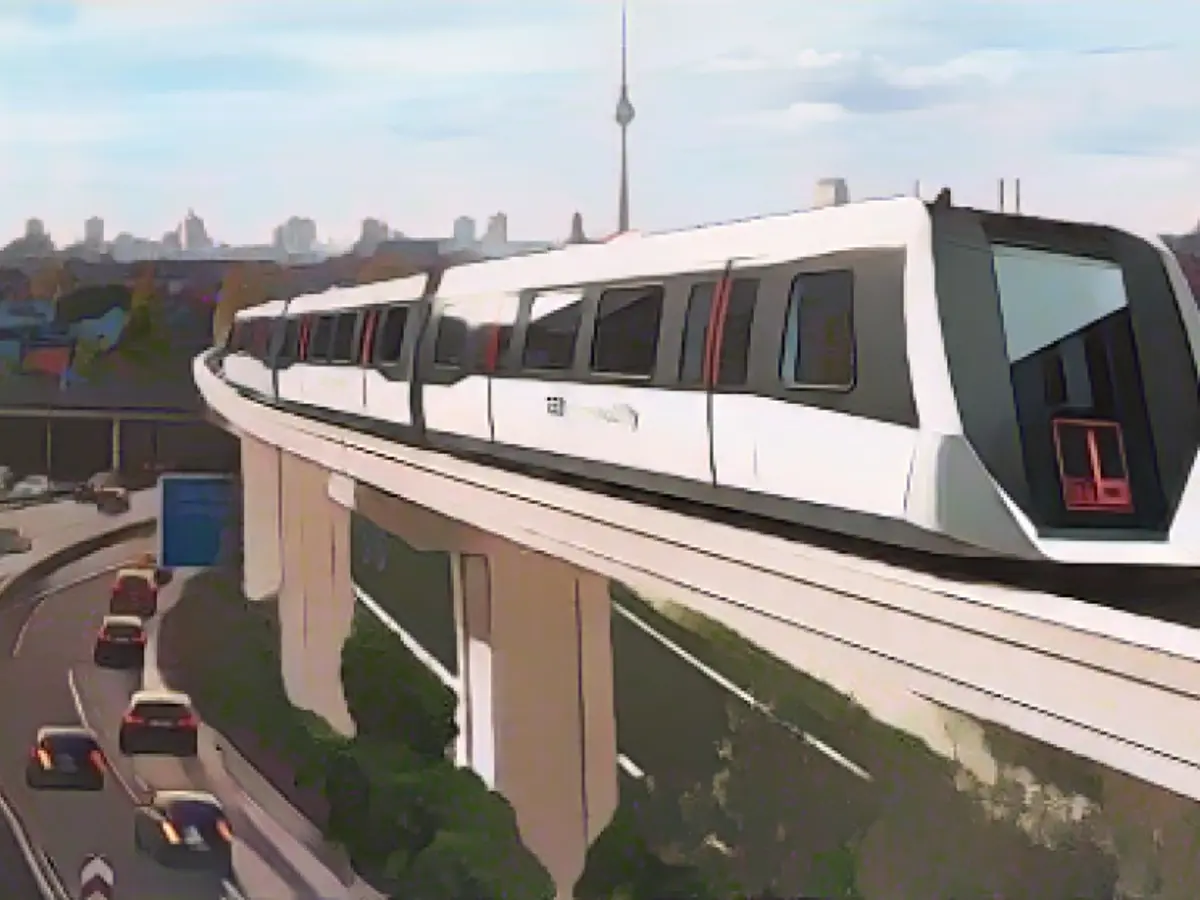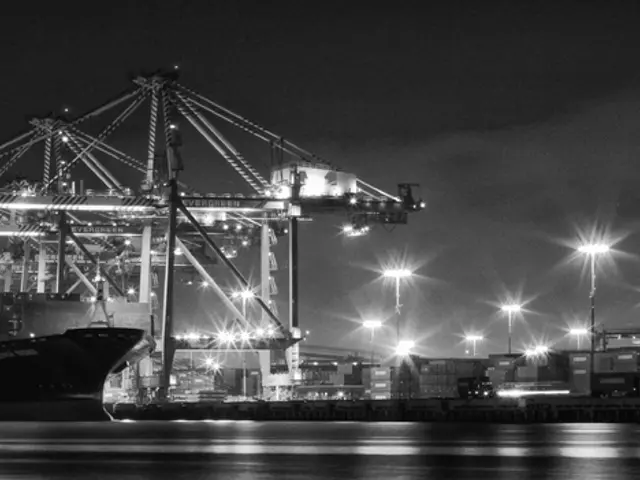Why is the revival of the suspended railroad causing a stir in Berlin?
Berlin - The Berlin CDU is giving a second life to the Transrapid. A line in the sky is planned to connect the city's outskirts to its center, transporting commuters. A trial run is scheduled for 2026, according to CDU parliamentary leader Dirk Stettner. His ally, Transport Senator Schreiner (CDU), is on board too.
As soon as the plan was presented, an uproar swept through the media, especially social media. There was a torrent of criticism, and the Tagesschau news program temporarily suspended its commentary segment due to its heated nature.
Commentators and self-proclaimed experts joined the fray, criticizing Stettner as if he had committed a faux pas.
"The CDU is pulling the Transrapid out of its mothballs to protect cars", claimed the daily newspaper "taz" and failed to mention the M-Bahn as an alternative. Transport expert Andreas Knie from the Berlin Science Center argued that an elevated M-Bahn would be "completely unnecessary" in today's densely built-up city. He suggested that the CDU was trying to divert attention from Berlin's traffic problems.
The BUND said the climate crisis was too serious to be treated as a "fun fair". But the M-Bahn is not intended to be enjoyable; it's "climate-neutral", which should please the BUND.
Finally, TU professor Markus Hecht, head of the Rail Vehicles department, expressed concerns about the M-Bahn's lack of escape routes. However, the M-Bahn has been operating safely in Shanghai for 21 years.
Few have given the CDU's proposal serious consideration in public. And that's why you don't find out what speaks in favor of the M-Bahn or whether its advantages outweigh its disadvantages.
As an elevated line, the M-Bahn won't be affected by traffic or crossings, reducing travel disruptions. Building the line costs ten times less than a subway tunnel. So where space is available, the M-Bahn could be constructed, and where it isn't, the U-Bahn could be used instead.
The Transrapid is a German invention from 1934, which was backed by government funding from 1969. A test line was operational in Berlin from 1984 to 1991. The Kohl government (CDU/FDP) decided in 1994 to build a maglev line from Berlin to Hamburg. However, the Schröder government (SPD/Greens) abandoned the project four years later, preferring to improve ICE connections instead.
The Transrapid never failed technologically, only due to a lack of political will to establish a new technology in the transportation system. The M-Bahn could be part of climate-neutral plans, offering an electric, efficient, and fast alternative to cars and even airplanes.
So, why not reconsider the Transrapid? The fierce rejection is out of place and destructive.
Is Gunnar Schupelius correct? Call: 030/2591 73153, or email: [email protected]
The Berlin regional news outlets have been engaged in a debate about the CDU's plan to revive the Transrapid, a magnetic levitation line for public transportation from the city outskirts to its center. The SNB, a transportation expert, supports the Transrapid, suggesting it could potentially offer an environmentally friendly alternative to cars and airplanes. However, the Greens have raised concerns about the Transrapid's feasibility considering Berlin's densely built-up environment.
Sources:
Insights
The CDU's plan to revive the Transrapid has met opposition, with critics citing high costs, concerns about public acceptance, and technical challenges. However, supporters argue that the Transrapid is an innovative, environmentally friendly transportation option. The ongoing debate highlights the potential benefits and drawbacks of the Transrapid, and the importance of considering all aspects before making a decision.








